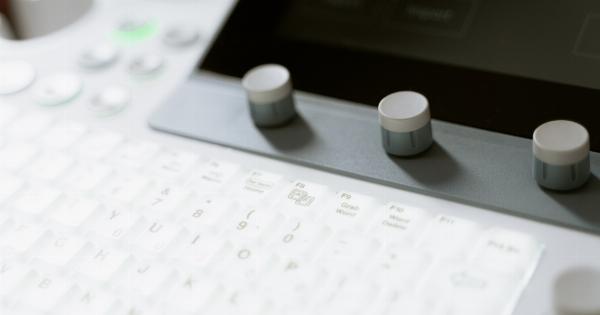Adolescent Orthostatic Tachycardia (AOT) is a common condition that affects teenagers and young adults. It is characterized by an increased heart rate upon standing and can lead to various symptoms such as dizziness, fatigue, nausea, and fainting.
In most cases, the condition is mild and can be managed with simple lifestyle changes. However, in some cases, it can be debilitating and can significantly impact the patient’s quality of life.
Causes
The exact cause of Adolescent Orthostatic Tachycardia is not known.
However, some studies suggest that it could be related to a malfunction of the autonomic nervous system, which controls various automatic functions in the body, such as heart rate, blood pressure, digestion, and respiratory rate. In some cases, the condition could also be due to dehydration, anemia, or certain medications that affect blood pressure.
Symptoms
The primary symptom of Adolescent Orthostatic Tachycardia is an increased heart rate upon standing. In some cases, the heart rate can increase by 30 beats per minute or more.
This rapid increase in heart rate can lead to various symptoms such as dizziness, lightheadedness, fatigue, weakness, nausea, headaches, and fainting. Additionally, some patients may also experience palpitations, chest pain, and shortness of breath during physical activity.
Diagnosis
Diagnosing Adolescent Orthostatic Tachycardia can be challenging as the symptoms are often nonspecific and can be attributed to other conditions. The diagnosis is typically made based on a combination of symptoms and diagnostic tests.
The doctor may ask the patient to stand up for a few minutes while measuring their heart rate and blood pressure. If the heart rate increases significantly upon standing, the patient may have AOT. The doctor may also order other tests such as a tilt-table test to confirm the diagnosis.
This test involves placing the patient on a table that is tilted at various angles while monitoring their heart rate and blood pressure.
Treatment
The treatment for Adolescent Orthostatic Tachycardia depends on the severity of the symptoms.
In mild cases, simple lifestyle changes such as increasing fluid intake, reducing caffeine intake, and avoiding standing for extended periods can help alleviate symptoms. In more severe cases, medication may be required to manage symptoms. Medications such as beta-blockers, midodrine, and fludrocortisone can help reduce heart rate and improve blood pressure control.
In some cases, physical therapy may be recommended to improve blood circulation and prevent symptoms.
Prevention
Preventing Adolescent Orthostatic Tachycardia can be challenging as the exact cause of the condition is not known. However, there are certain lifestyle changes that can help reduce the risk of developing the condition.
These include staying well-hydrated, avoiding standing for extended periods, wearing compression stockings, and avoiding triggers such as hot weather and rapid changes in posture.
Complications
If left untreated, Adolescent Orthostatic Tachycardia can lead to various complications such as fainting spells, falls, and injuries.
Additionally, it can significantly impact the patient’s quality of life and can lead to social isolation and anxiety.
Conclusion
Adolescent Orthostatic Tachycardia is a common condition that affects teenagers and young adults. It is characterized by an increased heart rate upon standing and can lead to various symptoms such as dizziness, fatigue, nausea, and fainting.
The exact cause of the condition is not known, but it is believed to be related to a malfunction of the autonomic nervous system. Treatment for the condition typically involves simple lifestyle changes and medication to manage symptoms. If left unmanaged, it can lead to various complications and significantly impact the patient’s quality of life.





























